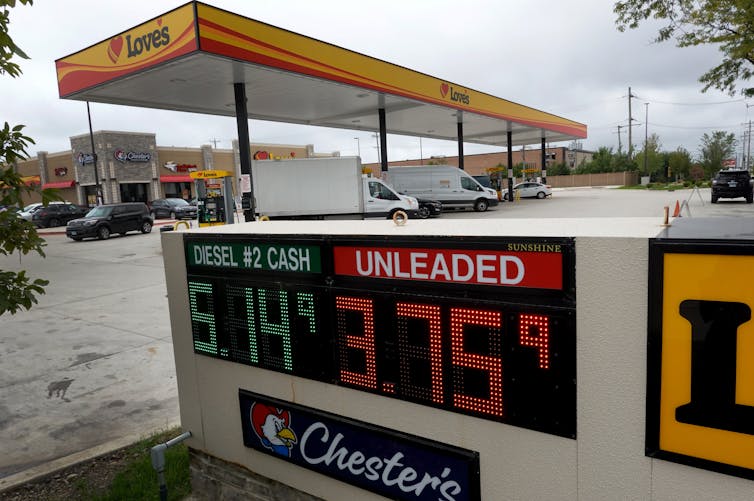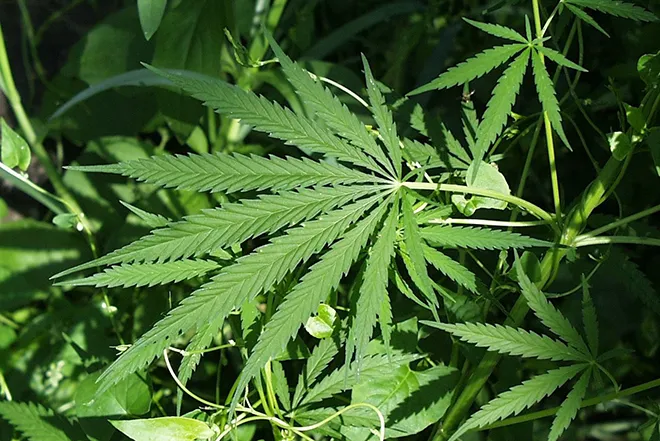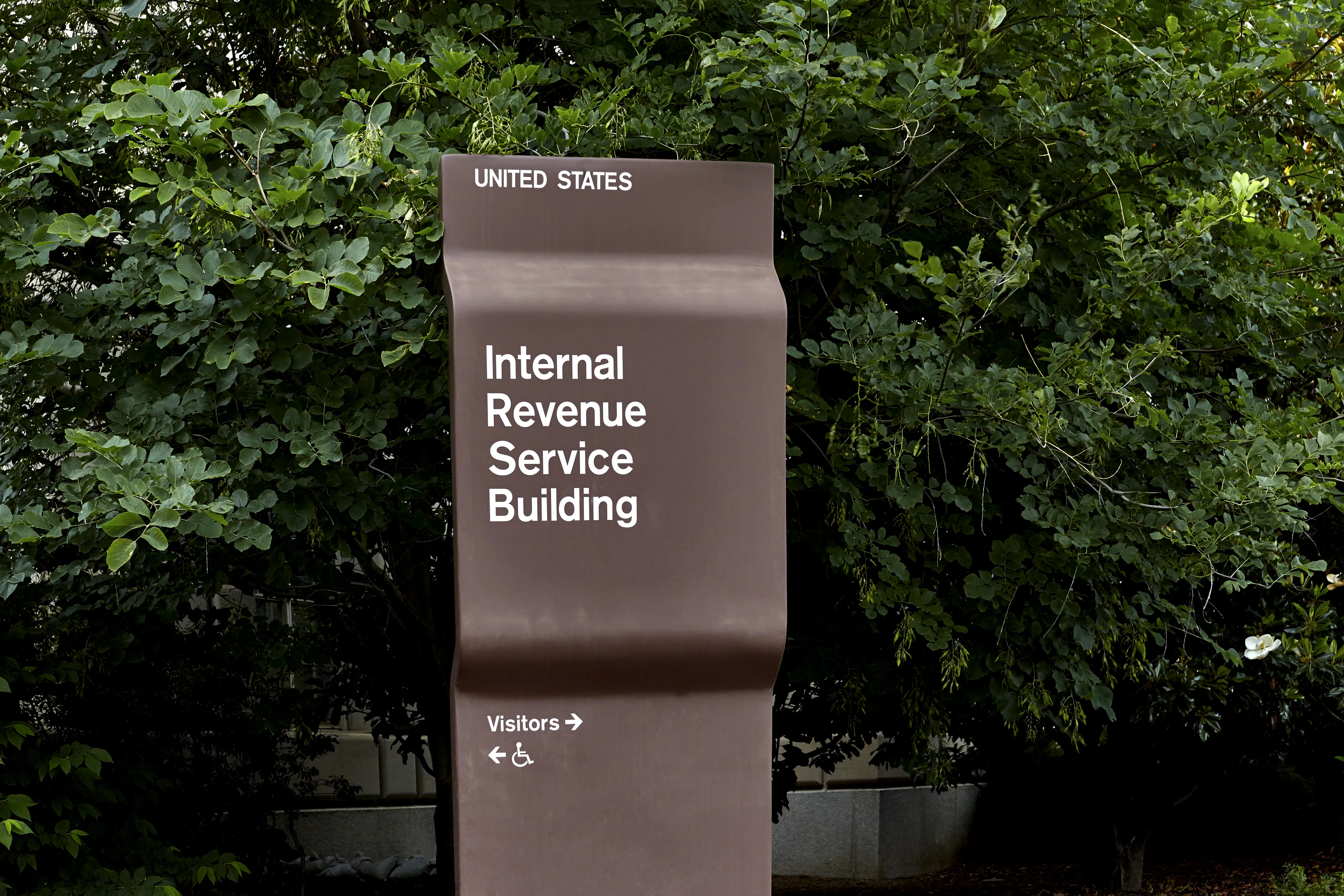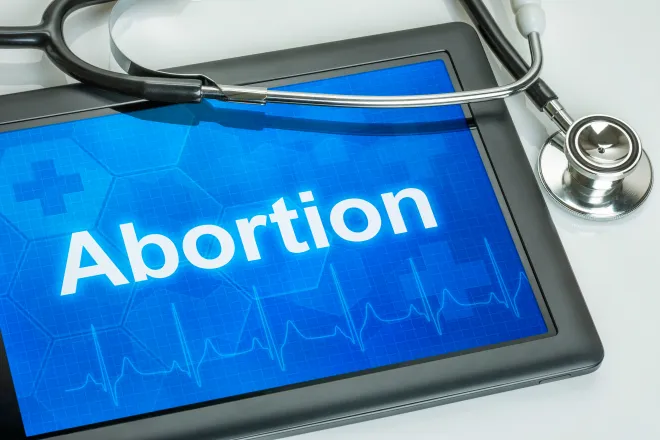
Fed likely to stay the course on interest rate hike as inflation ticks up but gas prices ease

Edouard Wemy, Clark University
The Federal Reserve received mixed news in the latest data on U.S. inflation as it mulls another rate hike.
Consumer prices rose 8.3% in August from a year earlier, data released on Sept. 13, 2022, shows. While this pace is down from the 8.5% annual gain experienced in July, it’s still higher than what some economists had expected.
The increase comes despite efforts by the U.S. central bank to tamp down the rising cost of living by repeatedly upping baseline interest rates to slow the economy.
It will give the Fed encouragement to opt for a third straight 0.75 percentage point interest rate hike when it meets Sept. 20-21. But despite suggestions that the rate-setters might apply the economy’s brakes more aggressively – by means of a full 1 percentage point rate jump – I believe this is unlikely based on which goods went up in price and which did not in the latest data.
On a month-to-month basis, the categories of food and shelter saw some of the steepest gains. Food prices increased by 0.8% in August, with eating out jumping at a higher rate than buying groceries. Although this will disappoint consumers hoping to see a drop in food prices, August’s data does at least show that the rate of increase is slowing – down from gains of over 1% in recent months.
The same isn’t true for shelter, which rose 0.7% in August, the biggest one-month increase since 1990.
On their own, these increases would be cause for concern for the Fed – suggesting that attempts to cool inflation through rate hikes haven’t worked. But elsewhere there is one big indicator that overall inflation may soon be heading south: gas prices.
The gasoline index dropped by 10.6% in August, one of the biggest one-month declines ever, following a drop of 7.7% in July.
This is likely the result of a number of factors, both global in the shape of an easing in the supply issues that had driven costs up, and national with Americans changing their travel habits and driving less to minimize the effects of earlier gas price increases. This change in behavior has translated into lower demand and contributed to an overall decline in prices.
And the thing about gas prices is that any change has a knock-on effect on the prices of other commodities. Lower gas prices should mean the cost of transporting goods, including food, will go down over time. This should eventually bring down grocery bills.
Similarly, lower gas prices will eventually filter into energy costs. Lower energy bills may be a relief to renters and homeowners alike. As to rent inflation, that is trickier for the Fed to manage. More interest rate hikes should dampen the property market, but making it harder for people to buy homes means the demand for rental units increases – something that would put more upward pressure on rents. All this puts the Fed in a very tricky situation.
Although the latest inflation report wasn’t exactly what monetary policymakers at the Fed would have been looking for, I don’t believe it suggests that its policy of late hasn’t worked.
Overall the consumer price index increased at a slower pace than in recent months. And given that gas prices have declined, the Fed will likely want to wait and see what effect this has on inflation before deciding to get more aggressive with rate increases.![]()
Edouard Wemy, Assistant Professor of Economics, Clark University
This article is republished from The Conversation under a Creative Commons license. Read the original article.

















